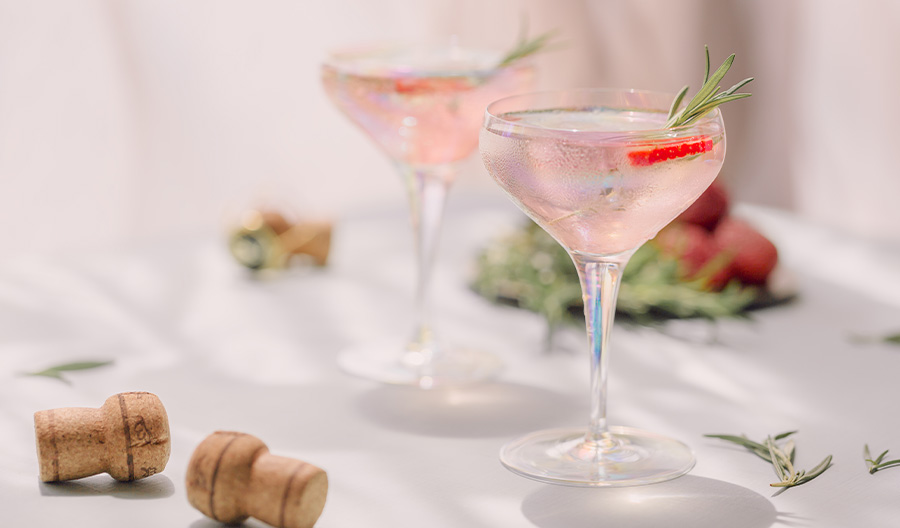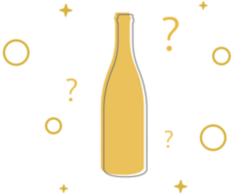Why is it surprising to see a mixologist splash a high-end wine into a cocktail? It’s nothing new to add a basic Prosecco to a spritz, or dump a bottle of red wine into a punch bowl for sangria. So why should it cause a stir if some super-premium wine brands encourage consumers and bartenders to use their products as mixers?
Until recently, it was extremely rare, if not verboten, for a high-quality winery to assign their wines supporting rather than starring roles. The standard wisdom was not to cheapen one’s product this way, but rather keep it front and center, undiluted, and make sure the branded bottle got its place on the dinner table. And yet, we’re seeing examples of the opposite across the industry.
The Cocktail-ification of Wine
Although some winemakers and marketers don’t like the idea of wine-based mixed drinks, that shouldn’t prohibit us from making them. Let’s take wine off a pedestal to a certain degree and incorporate it into our lives and our enjoyment of great wine and spirits.

The Rise of Low-ABV Drinks
A winery in Modesto, California, has gone all in to promote wine-based cocktails due to recent trends. Figures from research from Mintel show that cross-category drinking behavior—aka the consumption of beverages that span more than one category—is up 77% from pre-pandemic levels. A minority, but still significant, number of drinkers are interested in wine cocktails in part because they are often lower in alcohol. Meanwhile, in January of 2023, Google searches for “wine cocktails” hit an all-time high.
The winery's red blend, replaces the Manhattan’s usual sweet vermouth, which is mixed with bourbon and simple syrup and garnished with maraschino cherries. Substituting a wine that’s 13.5% ABV for vermouth that’s 20% ABV does, indeed, bring down a mixed drink’s potency.
A New Era
A posh wine estate and resort near Saint-Tropez, features cocktails using the property’s rosé and other wines in drinks , which blends lavender-infused gin, fresh lavender, violet syrup, rosé and tonic water. The winemaker admits that he was at first shocked by the idea of putting wine into cocktails. He’s since come around.
Wine cocktails don’t stray from the fundamental rules for making any cocktail. Wine is the most perfectly balanced cocktail as it is, incorporating the energies of acidity, perceived sweetness and body.
Recent wine cocktail creations include a spring-themed drink, which features Chardonnay as its main ingredient. A take on the Paloma, which is normally tequila-based, it also features agave nectar, muddled grapefruit slices, and fresh rosemary.
Cocktail consumers today are very intelligent. They desire variety. There are now multiple bitters and vermouths behind the bar to choose from. As cocktail customers become more intelligent about beverages, they want more complexity, and more options.
Wine, of course, is among the most complex beverages around. It’s only a matter of time before it’s appreciated as a cocktail ingredient in a mainstream context. Just as expensive, hand-crafted vermouths are appreciated in cocktails, high-end wines are logical in them, too.

